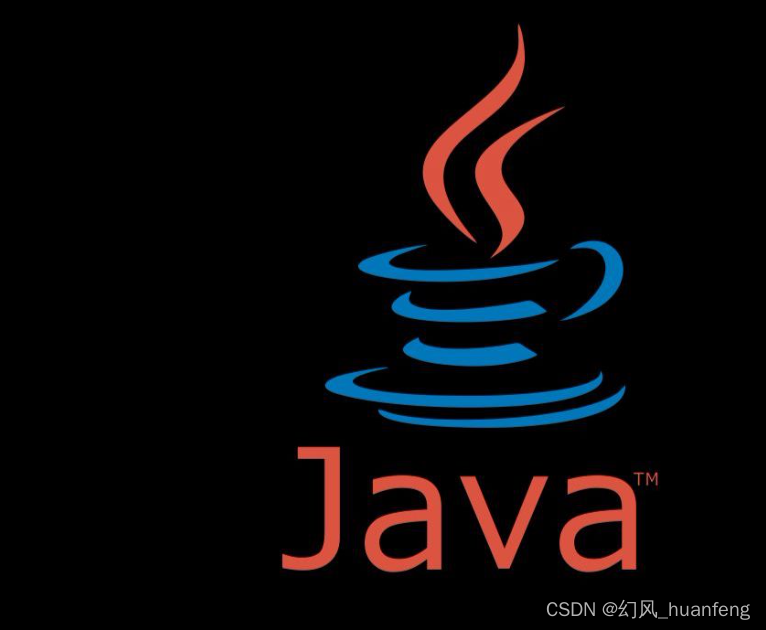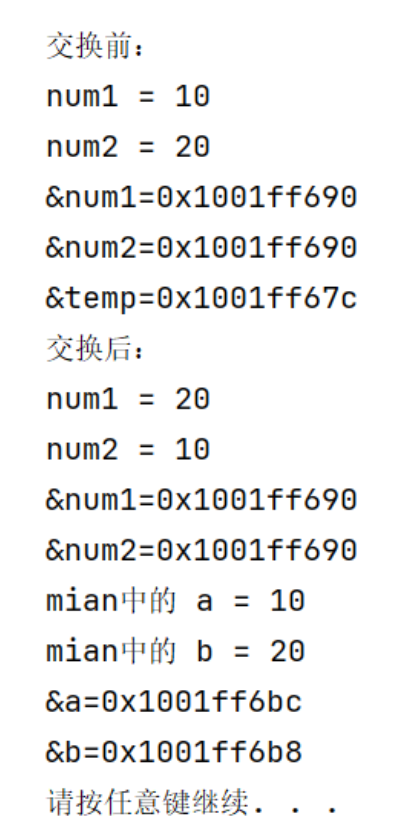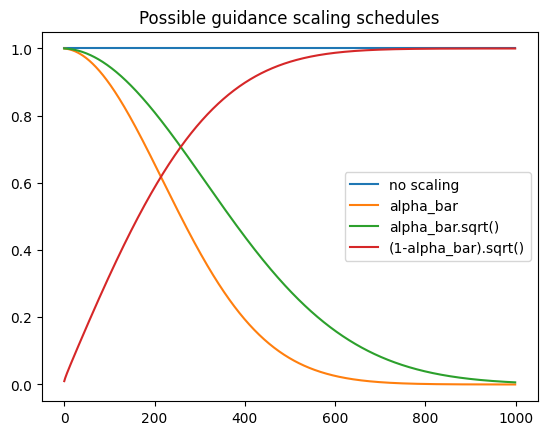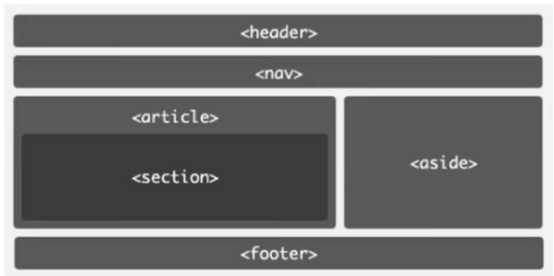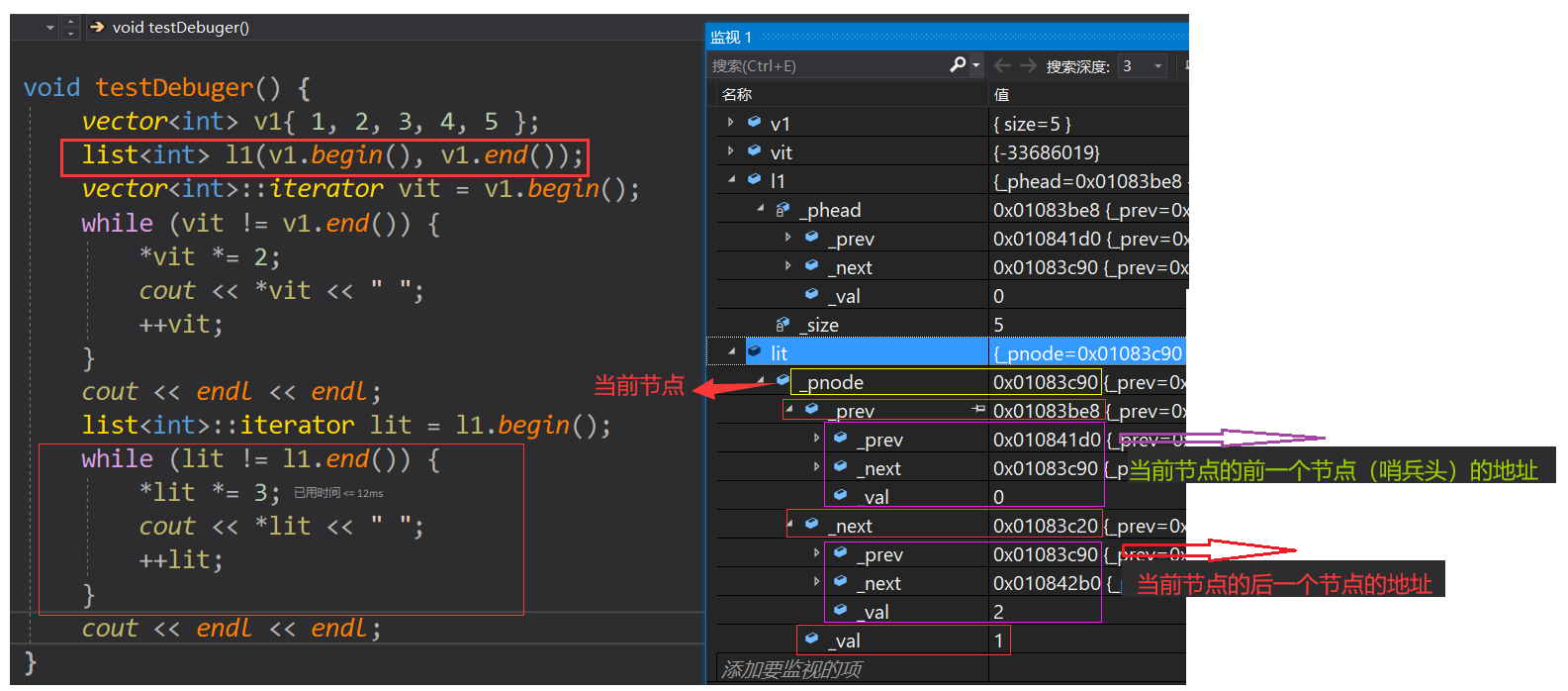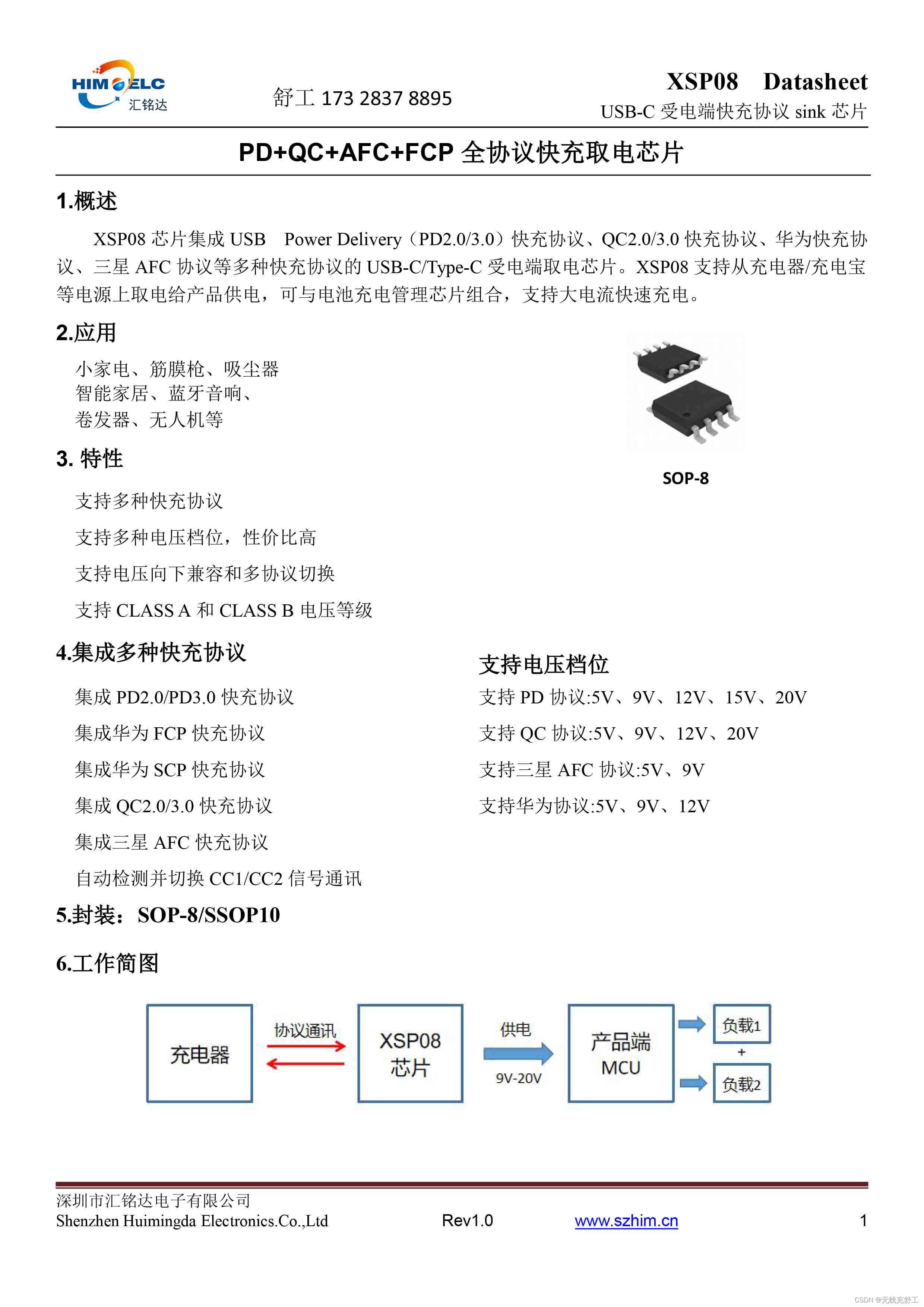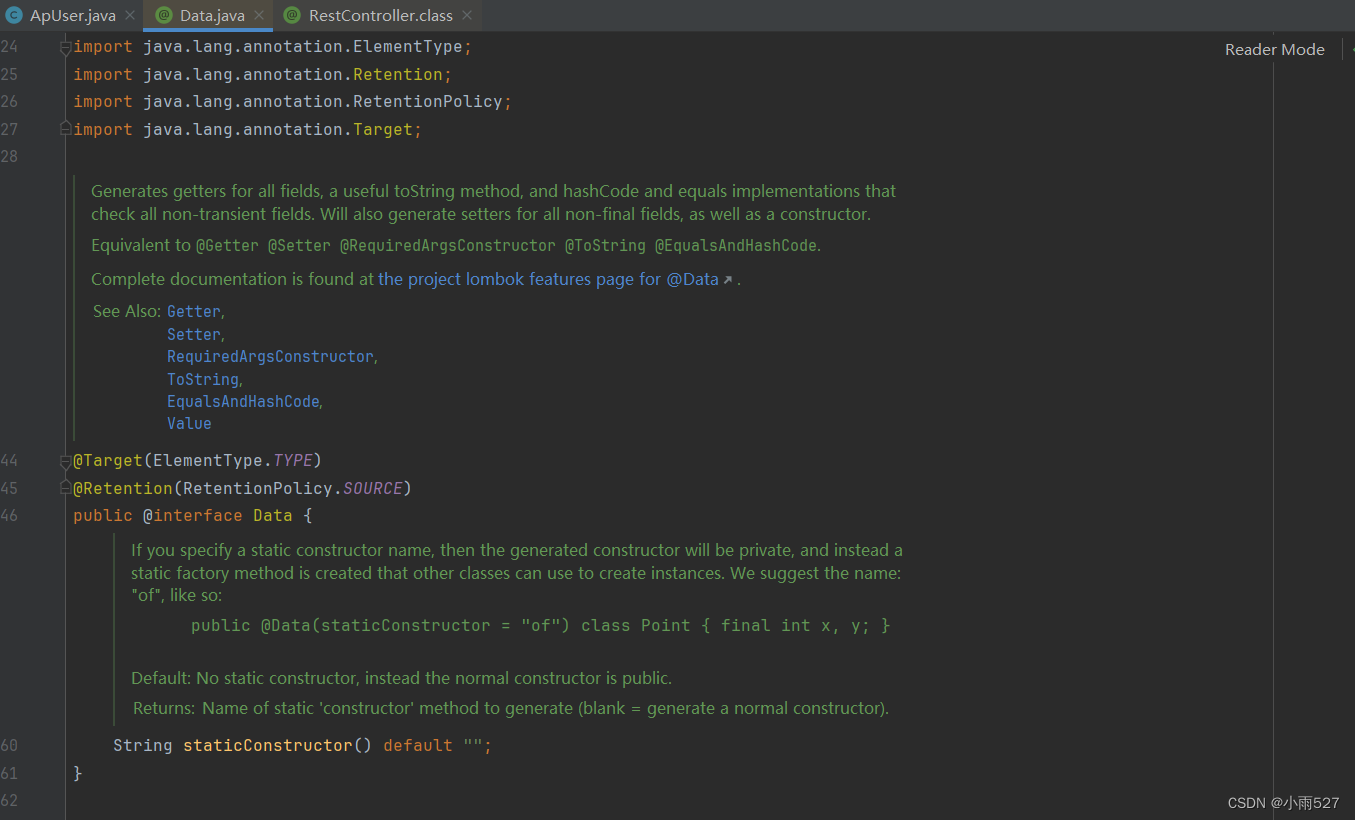空间复杂度:临时开辟的空间、空间是可以重复利用的
递归为O(n)
时间复杂度:程序执行次数
消失的数字
力扣(LeetCode)官网 - 全球极客挚爱的技术成长平台

思路1:利用连续的特点求等差和然后减去所有元素得到的就是消失的数字
时间复杂度:O(n) 空间复杂度:O(1)
思路2:将给定数组的元素和连续的元素进行异或(异或与顺序无关),相同元素异或结果为0。会得到有一个落单的数字与0异或就是这个数字。
时间复杂度:O(n) 空间复杂度:O(1)
第一种方法大家自行实现,我们可以实现一下不常见的第二种方法:
int missingNumber(int* nums, int numsSize){
int x = 0;//0与任何数异或为该数
for(int i = 0;i<numsSize;i++)
{
x ^= nums[i];
}
for(int i = 0;i<=numsSize;i++)
{
x ^= i;
}
return x;
}
轮转数组
力扣(LeetCode)官网 - 全球极客挚爱的技术成长平台

c语言阶段曾实现了两种方法,一种是依次移动,移动M次。一种是局部逆置和整体逆置。前者时间复杂度为O(N*M),后者为O(N)
空间换时间:创建一个临时数组,前面放需要旋转的数据,后面放没有旋转的数据即可。
不完整代码:
void rotate(int* nums, int numsSize, int k){
int tmp[numsSize];
k %= numsSize;//循环次数不必多于元素个数
int i = 0;
int j = 0;
for(i=numsSize-k;i<numsSize;i++)
{
tmp[j] = nums[i];
j++;
}
for(i = 0;i<numsSize-k;i++)
{
tmp[j] = nums[i];
}
for//打印
}有效的括号
力扣(LeetCode)官网 - 全球极客挚爱的技术成长平台

思路:让左括号依次入栈,与右括号匹配。
匹配前:判断栈是否为空,为空说明无左括号。返回false。
匹配中:匹配涉及多次如 " () {} (())",记录指针位置与栈顶比较,然后出栈,不匹配返回false。
匹配结束:栈空为匹配成功,否则匹配失败。
注意返回前都需进行销毁操作。
#include <stdio.h>
#include <assert.h>
#include <stdlib.h>
typedef char STDatatype;
typedef struct Stack
{
STDatatype* a;
int capacity;
int top;
}ST;
void check_capacity(ST* ps)
{
if(ps->capacity == ps->top)
{
int newCapacity = 0 ? 4:ps->capacity*2;
char* tmp;
tmp = (STDatatype*)realloc(ps->a,sizeof(STDatatype) * newCapacity);
if (tmp == NULL)
{
perror("malloc");
exit(-1);
}
ps->a = tmp;
ps->capacity = newCapacity;
}
}
bool StackEmpty(ST* ps)//判空
{
assert(ps);
return ps->top == 0;
}
STDatatype StackTop(ST* ps)
{
assert(ps);
assert(!StackEmpty(ps));
return ps->a[ps->top-1];//top为最后一个元素的下一个
}
void StackDestroy(ST* ps)
{
assert(ps);
free(ps->a);
ps->a = NULL;
ps->top = ps->capacity = 0;
}
void StackInit(ST* ps)
{
/*ps->a = NULL;
ps->top = 0;
ps->capacity = 0;*/
//初始化空间
ps->a = (STDatatype*)malloc(sizeof(STDatatype) * 4);
if (ps->a == NULL)
{
perror("malloc");
exit(-1);
}
ps->top = 0;
ps->capacity = 4;
}
void StackPop(ST* ps)//出栈
{
assert(ps);
//if(ps->top>0)
assert(!StackEmpty(ps));
ps->top--;
}
void StackPush(ST* ps, STDatatype x)
{
assert(ps);
check_capacity(ps);
ps->a[ps->top] = x;
ps->top++;//指向下一个
}
bool isValid(char* s) {
ST ps;
StackInit(&ps);
while(*s)
{
if(*s == '(' || *s == '[' ||*s == '{' )
{
StackPush(&ps,*s);
s++;
}
else
{
if(StackEmpty(&ps))//如果没有左括号,栈顶没有元素
{
StackDestroy(&ps);//注意返回前都要手动释放空间
return false;
}
char top = StackTop(&ps);
if((*s == ')' && top != '(') || (*s == ']' && top != '[') ||
(*s == '}' && top != '{'))//
{
StackDestroy(&ps);
return false;
}
else
{
StackPop(&ps);
s++;
}
}
}
bool ret = StackEmpty(&ps);
StackDestroy(&ps);
return ret;
}用队列实现栈
力扣(LeetCode)官网 - 全球极客挚爱的技术成长平台
先导入我们实现过的队列:
#pragma once
#include <stdbool.h>
#include <stdio.h>
#include <assert.h>
#include <stdlib.h>
typedef int QDataType;
typedef struct QueueNode
{
QDataType data;
struct QueueNode* next;
}QNode;
struct Queue
{
QNode* head;
QNode* tail;
int size;
};
void QueueInit(Queue* pq);
void QueueDestroy(Queue* pq);
void QueuePush(Queue* pq, QDataType x);
void QueuePop(Queue* pq);
QDataType QueueFront(Queue* pq);
QDataType QueueBack(Queue* pq);
bool QueueEmpty(Queue* pq);
int QueueSize(Queue* pq);
void QueueDestroy(Queue* pq)
{
assert(pq);
QNode* cur = pq->head;
while (cur)
{
QNode* Next =cur->next;
free(cur);
cur = Next;
}
pq->head = pq->tail = NULL;//避免野指针
pq->size = 0;
}
void QueuePush(Queue* pq, QDataType x)
{
assert(pq);
QNode* newnode = (QNode*)malloc(sizeof(QNode));
if (newnode == NULL)
{
perror("malloc fail");
exit(-1);
}
newnode->data = x;
newnode->next = NULL;
pq->size++;
if (pq->head == NULL)
{
pq->head = pq->tail = newnode;
}
else
{
pq->tail->next = newnode;
pq->tail = newnode;
}
}
void QueuePop(Queue* pq)
{
//出队头删
assert(pq);
assert(pq->head);
QNode* del = pq->head;
pq->head = pq->head->next;
free(del);
if (pq->head == NULL)
pq->tail = NULL;
pq->size--;
}
void QueueInit(Queue* pq)
{
assert(pq);
pq->head = NULL;
pq->tail = NULL;
pq->size = 0;
}
bool QueueEmpty(Queue* pq)
{
assert(pq);
return pq->head == NULL && pq->tail == NULL;
}
int QueueSize(Queue* pq)
{
assert(pq);
return pq->size;
}
QDataType QueueFront(Queue* pq)
{
assert(pq);
assert(!QueueEmpty(pq));
return pq->head->data;
}
QDataType QueueBack(Queue* pq)
{
assert(pq);
assert(!QueueEmpty(pq));
return pq->tail->data;
}
两个队列
将两个队列封装在一个结构体中。
typedef struct Queue
{
QNode* head;
QNode* tail;
int size;
}Queue;//简写创建并初始化链表(栈)
注意要想保证我们创建的结构体生命周期能够贯彻整个工程,必须在堆上申请空间。
MyStack* myStackCreate() {//创建并初始化链表
MyStack* obj = (MyStack*)malloc(sizeof(MyStack));//堆区
QueueInit(&obj->q1);
QueueInit(&obj->q2);
return obj;
}模拟入栈
选择非空队列插入即可。
void myStackPush(MyStack* obj, int x) {
if(!QueueEmpty(&obj->q1))//非空队列插入
{
QueuePush(&obj->q1,x);
}
else
QueuePush(&obj->q2,x);
}模拟出栈
出栈是在队尾进行出(后进先出),我们将非空队列进行出队只剩下最后一个元素即是栈顶的元素,然后将其保存后出栈避免造成内存泄露,然后返回。
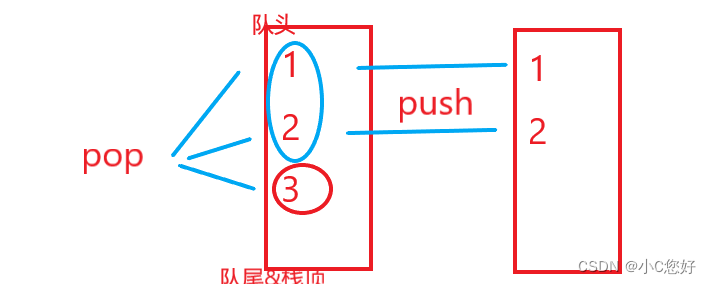
nt myStackPop(MyStack* obj) {
//假定一方不为空
Queue* empty = &obj->q1;
Queue* nonempty = &obj->q2;
if(!QueueEmpty(empty))
{
empty = &obj->q2;
nonempty = &obj->q1;
}
while(QueueSize(nonempty) > 1)//O(1)导入空来链表
{
QueuePush(empty,QueueFront(nonempty));//非空取队头插入空
QueuePop(nonempty);
}
//保证原链表返回为空
int top = QueueFront(nonempty);
QueuePop(nonempty);//出栈
return top;
}模拟栈顶
直接返回队尾元素即可。
int myStackTop(MyStack* obj) {
//返回队尾
if(!QueueEmpty(&obj->q1))
{
return QueueBack(&obj->q1);
}
else
return QueueBack(&obj->q2);
}模拟栈判空
bool myStackEmpty(MyStack* obj) {
return QueueEmpty(&obj->q1) && QueueEmpty(&obj->q2);
}模拟栈销毁
除了释放队列指针组合的结构体外,还要将每个队列里的元素释放。

void myStackFree(MyStack* obj) {
QueueDestroy(&obj->q1);
QueueDestroy(&obj->q2);
free(obj);
}用栈实现队列
思路:两个栈,一个负责push数据,一个负责pop数据,在pop数据时,判断pop栈中是否有数据,没有则将push栈的数据全部导入,此时数据顺序反过来后再pop栈里出栈就可以实现先进先出这一特性了。

导入实现好的栈:
#include <stdbool.h>
#include <stdio.h>
#include <assert.h>
#include <stdlib.h>
typedef int STDatatype;
typedef struct Stack
{
STDatatype* a;
int capacity;
int top;
}ST;
void StackInit(ST* ps);
void StackDestroy(ST* ps);
void StackPush(ST* ps, STDatatype x);
void StackPop(ST* ps);//出栈
STDatatype StackTop(ST* ps);
bool StackEmpty(ST* ps);
int StackSize(ST* ps);
void StackInit(ST* ps)
{
/*ps->a = NULL;
ps->top = 0;
ps->capacity = 0;*/
//初始化空间
ps->a = (STDatatype*)malloc(sizeof(STDatatype) * 4);
if (ps->a == NULL)
{
perror("malloc");
exit(-1);
}
ps->top = 0;
ps->capacity = 4;
}
static void check_capacity(ST* ps)
{
if (ps->top == ps->capacity)
{
int newCapacity = ps->capacity * 2;
STDatatype* tmp = (STDatatype*)realloc(ps->a, newCapacity *sizeof(STDatatype));
if (tmp == NULL)
{
perror("realloc");
exit(-1);
}
else
{
ps->a = tmp;
ps->capacity == newCapacity;
}
}
}
void StackPush(ST* ps, STDatatype x)
{
assert(ps);
check_capacity(ps);
ps->a[ps->top] = x;
ps->top++;//指向下一个
}
void StackPop(ST* ps)//出栈
{
assert(ps);
//if(ps->top>0)
assert(!StackEmpty(ps));
ps->top--;
}
STDatatype StackTop(ST* ps)
{
assert(ps);
assert(!StackEmpty(ps));
return ps->a[ps->top-1];//top为最后一个元素的下一个
}
void StackDestroy(ST* ps)
{
assert(ps);
free(ps->a);
ps->a = NULL;
ps->top = ps->capacity = 0;
}
bool StackEmpty(ST* ps)//判空
{
assert(ps);
return ps->top == 0;
}
int StackSize(ST* ps)
{
assert(ps);
return ps->top;
}两个栈
typedef struct {
ST pushst;//入队
ST popst;//出队
} MyQueue;
Create
MyQueue* myQueueCreate() {
//初始化+开空间
MyQueue* st = (MyQueue*)malloc(sizeof(MyQueue));
StackInit(&st->pushst);
StackInit(&st->popst);
return st;
}
Push
void myQueuePush(MyQueue* obj, int x) {
assert(obj);
StackPush(&obj->pushst,x);
}判空
bool myQueueEmpty(MyQueue* obj) {
assert(obj);
return StackEmpty(&obj->pushst) && StackEmpty(&obj->popst);
}查看队头
由于popst的栈顶为队头,如果该栈为空,需要导入pushst的数据。
int myQueuePeek(MyQueue* obj) {
assert(obj);
assert(!myQueueEmpty(obj)); //双栈判空
if(StackEmpty(&obj->popst))
{
while(!StackEmpty(&obj->pushst))//导数据
{
StackPush(&obj->popst,StackTop(&obj->pushst));
StackPop(&obj->pushst);
}
}
return StackTop(&obj->popst);
}Pop
同样涉及判空和调用队头元素,通过调用peek函数判断并完成对数据的导入并接收其返回值,
int myQueuePop(MyQueue* obj) {
int qhead = myQueuePeek(obj);
StackPop(&obj->popst);//出队
return qhead;
}释放
void myQueueFree(MyQueue* obj) {
assert(obj);
StackDestroy(&obj->pushst);
StackDestroy(&obj->popst);
free(obj);
}
